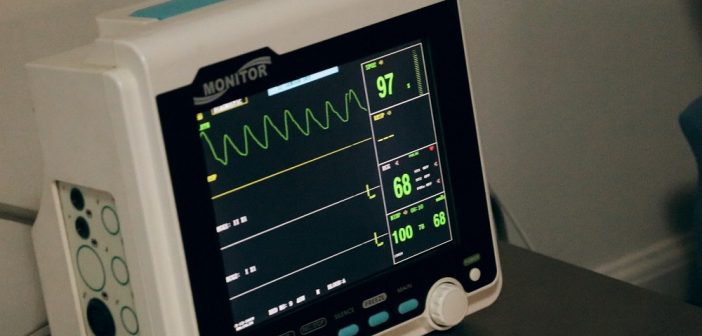Excellent quality of patient treatment and patient safety is highly prioritised on the health care agenda in the Nordic countries. As a result, the demand for measuring quality has increased, and is closely followed by certain special demands for documentation and data quality. If not handled intelligently, this can be a new burden for health care professionals.
In my work at SAS, I speak with many health care leaders about how to reduce the gap between having the courage to use data for clinical purposes and actually using data. What I still see is some restraint and slowness in using data and advanced analytics to reach better results in the health care sector for the benefit of patients. The time to build up analytical structures has come, and therefore the health care sector should aim at becoming an analytical organisation.
SAS has deep insight into the health care sector worldwide, and our customers benefit from that. We know that advanced analytics can enable hospitals and regions to work smarter with their data. However, it requires a certain insight into the possibilities. This article is an introduction to a small series of blog posts where I describe how health care data can be collected and used in the health care sector to ensure improvements in the patient safety and quality area.
My series of articles will show the value that is created when using advanced analytics in clinical quality solutions.
Solving patient safety and quality challenges
In the patient safety and quality area, SAS solves the following challenges:
- Automated audits for diagnostic coding.
- Automated journal audits for selected quality indicators.
- Automated journal for patient damages/injuries.
- Automated infection analysis.
- Prediction for infections (using artificial intelligence).
The following section explains our analytical model for patient safety and quality (earlier called NCAF). The analytical model is easy to implement. Data is reused from existing hospital data sources, e.g., the patient administration system, medicine data, microbiology data, biochemistry data, X-ray data and medical records.
Patient safety and quality analytical models can support the patient safety agenda either in all hospitals in a region or just in one. It allows various organisational levels to prepare analysis on data compared to the challenges, which are specific for a single unit. That means working with quality can be much more specific in the future.
SAS® Patient Safety ensures that people responsible for quality and patient safety are able to work much more proactively by using data. It could contribute to data updates every 24 hours. Fresh data provided to health care professionals will make their analysis and decisions much more reliable and safe. The SAS solution is a simple tool that increases quality and safety.
The analytical methods in the patient safety and quality solution enables health care professionals to use accurate data to support their management decisions. Advanced analytics and easy access to data means that many different analyses are easily managed and performed.
Why is the patient safety and quality solution from SAS unique?
The patient safety and quality solution makes it possible to use unstructured data in the same way as structured data. Structured data has been used for many decades; however, unstructured data has not, and if it has been used, it has been on a small scale. The structure of the patient safety and quality solution changes that. Common ambitions for all patient safety and quality solutions are:
- Offload the manual consumption of resources.
- Increase possibilities for timely, reliable, correct, high-quality health care data.
- Stop working with samples and carry out full population analysis.
- Create management decisions based on population – not sampling.
- Can be used for measuring clinical quality and patient safety, etc.
- Can be used for proactive risk management.
The patient safety and quality solution is a generic framework that gives you the possibility of reusing rules and algorithms developed by other organisations. Its implementation is accomplished in a close collaboration between the customer and SAS. SAS is deeply involved, working closely with customers in all parts of the project and throughout the process.
This blog post gave you a brief introduction to the patient safety and quality solution from SAS. In my next blog post, I will write about automated audit for diagnostic coding.
Read more about real-time data and IT in the health care sector
